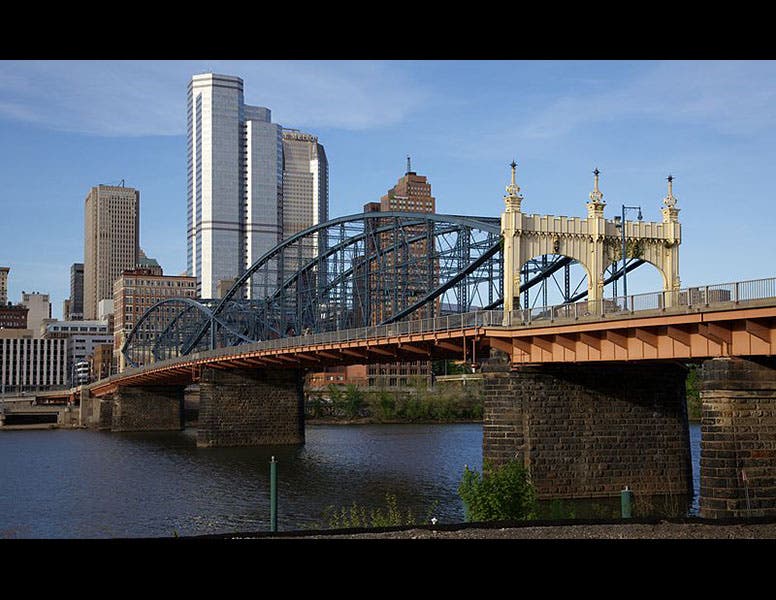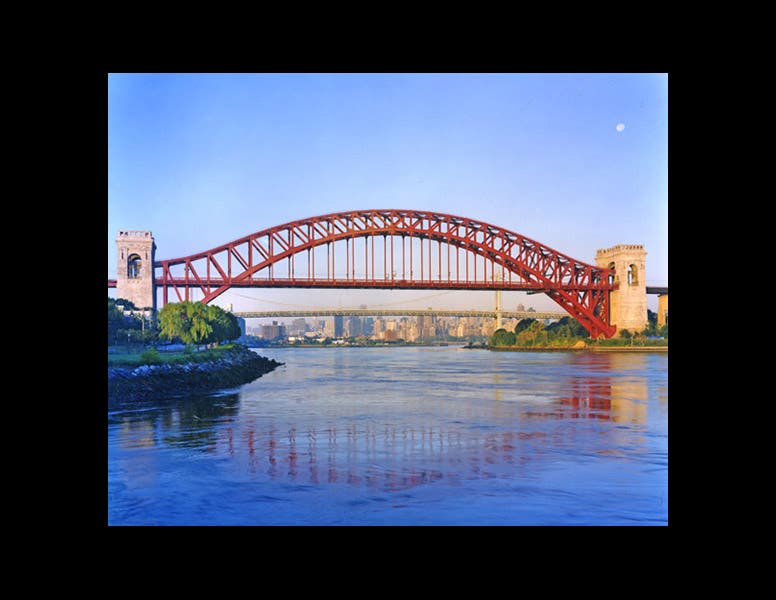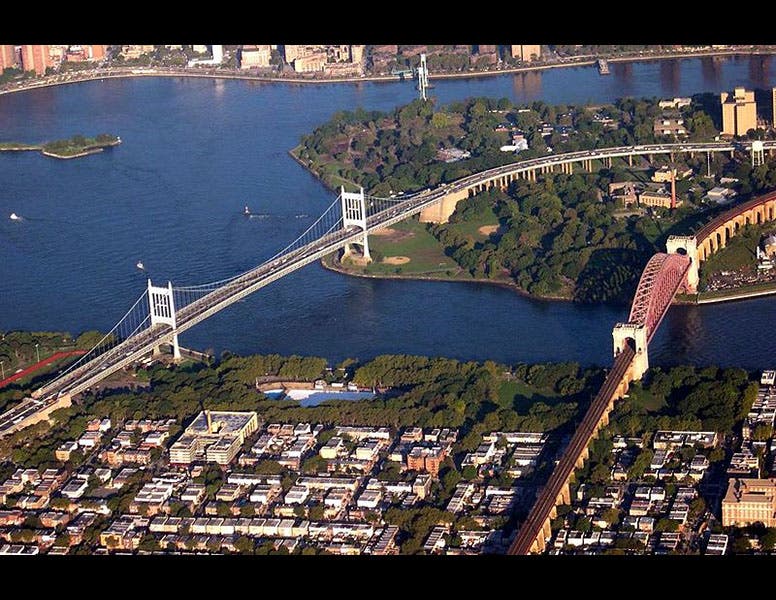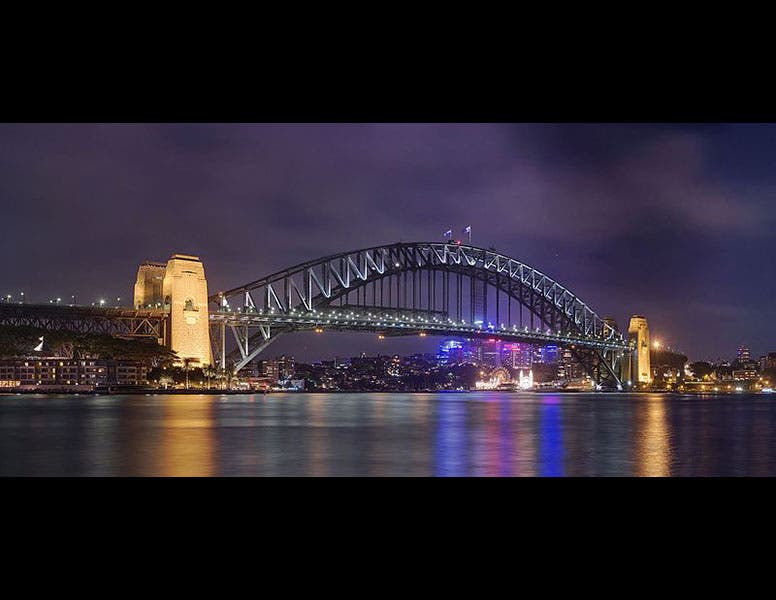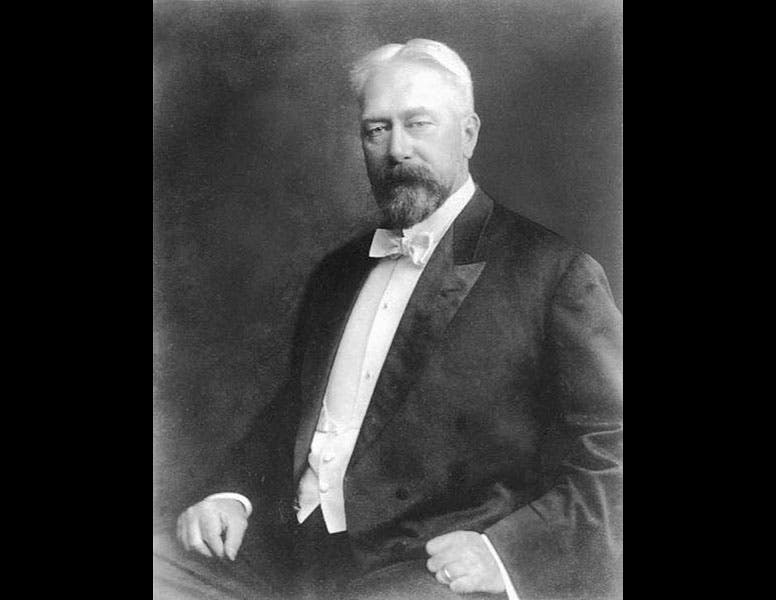Scientist of the Day - Gustav Lindenthal
Gustav Lindenthal, an Austrian-American civil engineer, was born May 21, 1850. Lindenthal came to the United States in 1874 to build bridges. He designed several in the Pittsburgh area, which has three rivers to cross, including in 1883 the Smithfield Street Bridge over the Monongahela River, which has an unusual lenticular (lens-shaped) truss (first image). His lifelong goal, however, was to construct a 57th street bridge over the Hudson River in New York city, which at that time had no bridges at all. His design was ultimately passed over for that of Othmar Amman, which became the familiar George Washington Bridge in Manhattan. But Lindenthal did get the contract to bridge Hell Gate, a part of the East River that separates the Bronx from Queens. This extremely attractive bridge for railway traffic was completed in 1916, and is an example of what is called a through arch bridge. One view shows the bridge from the side (second image): the terra-cotta paint job is a later, but very effective, addition. The second view, from the air (third image), shows both the Hell Gate Bridge at right, and the Triborough Bridge at left (now renamed the Robert F. Kennedy Bridge), completed in 1936.
The Hell Gate Bridge served as the model for the famous Sydney Harbour Bridge in Australia, opened in 1932 (fourth image).
The formal photograph depicts Lindenthal in 1909, at the age of 59, seven years before the completion of the Hell Gate Bridge (fifth image).
Dr. William B. Ashworth, Jr., Consultant for the History of Science, Linda Hall Library and Associate Professor, Department of History, University of Missouri-Kansas City. Comments or corrections are welcome; please direct to ashworthw@umkc.edu.


